Exploring ChatGPT Alternatives: When Conversational AI Meets Choice
Introduction
ChatGPT, developed by OpenAI, is a leading conversational AI model, but it's not the only one on the market. Many alternatives are emerging, each with its unique features and capabilities. In this article, we'll explore some ChatGPT alternatives, discussing their strengths and potential use cases.
1. GPT-3 by OpenAI
GPT-3, the predecessor of ChatGPT, is still a powerful conversational AI model. It offers more general applications, including text generation, language translation, and question-answering. It can be accessed through OpenAI's API or integrated into various applications.
Use Cases: Content generation, language translation, chatbots, and virtual assistants.
2. BERT (Bidirectional Encoder Representations from Transformers)
Developed by Google, BERT focuses on understanding the context of words in search queries. It's highly effective in natural language processing tasks and can improve the accuracy of search engine results.
Use Cases: Search engine optimization, sentiment analysis, and improving search engine results.
3. XLNet
XLNet, also developed by Google, builds on the Transformer model. It's known for its impressive performance on a wide range of NLP tasks. Unlike other models, it's not limited to processing text in a sequential manner, making it highly versatile.
Use Cases: Sentiment analysis, language understanding, and content summarization.
4. T5 (Text-to-Text Transfer Transformer)
T5 is designed to convert any NLP task into a text-to-text format, which simplifies problem-solving for a wide range of applications. It has gained popularity for its adaptability to various tasks.
Use Cases: Question-answering, translation, summarization, and more.
5. Rasa
Rasa is an open-source conversational AI platform that focuses on building chatbots and virtual assistants. It provides a framework for developers to create custom chatbots with a strong emphasis on contextual understanding.
Use Cases: Customer support chatbots, virtual assistants, and automating routine tasks.
6. Dialogflow
Dialogflow, by Google, is a natural language understanding platform. It is primarily used to create conversational interfaces, including chatbots, voice assistants, and interactive websites.
Use Cases: Customer service chatbots, voice assistants, and interactive applications.
7. Microsoft Bot Framework
The Microsoft Bot Framework is a comprehensive set of tools for building chatbots and virtual agents. It supports a wide range of programming languages and is widely used for developing chatbots across various platforms.
Use Cases: Customer service chatbots, virtual agents, and integrations with Microsoft products.
8. Amazon Lex
Amazon Lex is a service for building chatbots that can be integrated into applications and services. It's designed to work seamlessly with other AWS services, making it a choice for businesses within the Amazon ecosystem.
Use Cases: Customer service chatbots, voice assistants, and e-commerce applications.
9. Wit.ai
Wit.ai, acquired by Facebook, is a natural language processing platform that focuses on creating voice and text interfaces. It's a versatile tool for developers looking to build conversational interfaces.
Use Cases: Voice recognition, chatbots, and text interfaces.
Conclusion
While ChatGPT is a formidable conversational AI model, there are several alternatives available, each tailored to specific use cases and applications. When choosing a conversational AI solution, it's essential to consider your unique needs, whether you require a general-purpose model like GPT-3, a specialized tool like Rasa for chatbots, or a platform like Dialogflow for interactive applications. The conversational AI landscape is continually evolving, offering a diverse array of tools to meet your requirements.








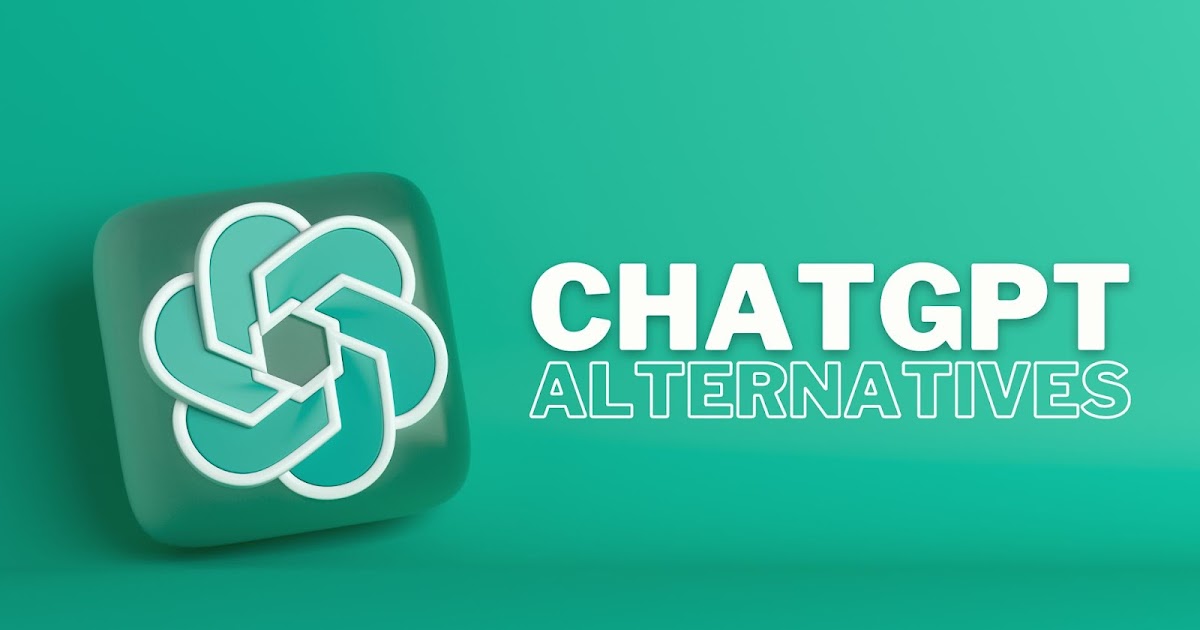






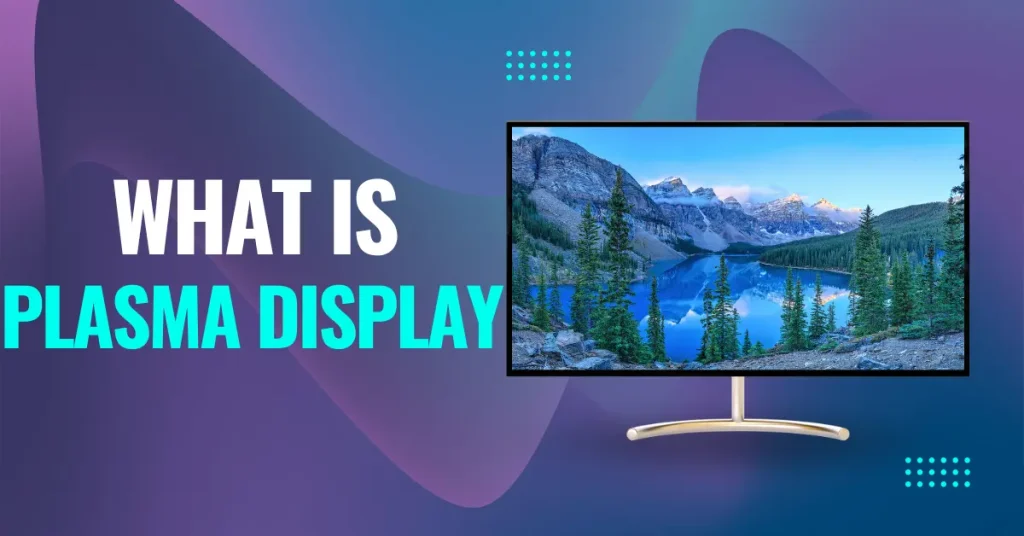



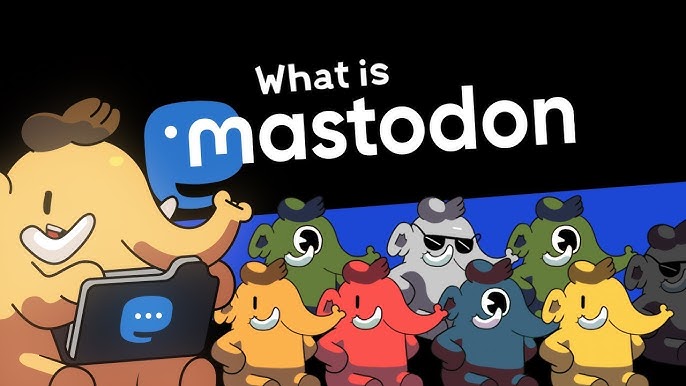








































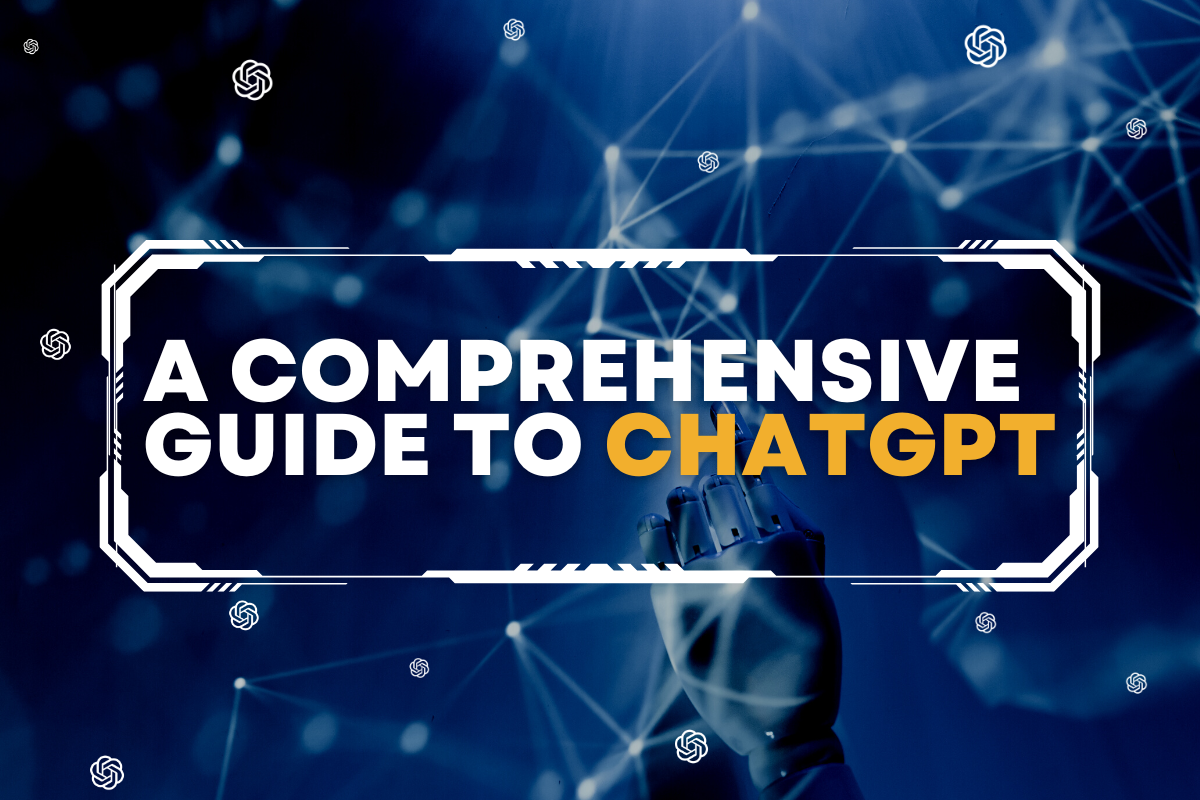
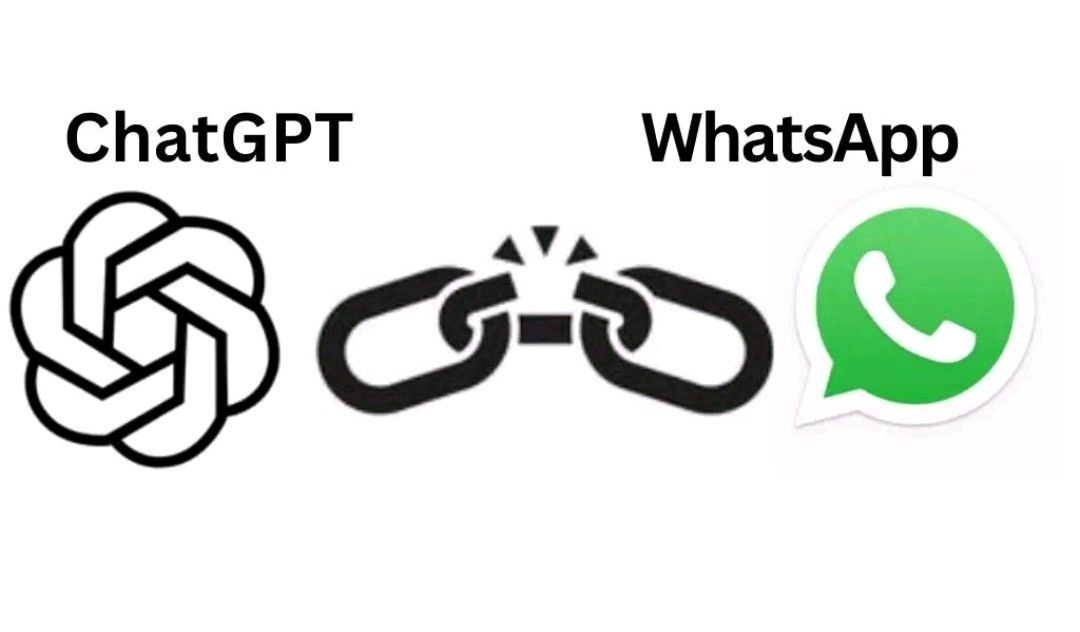
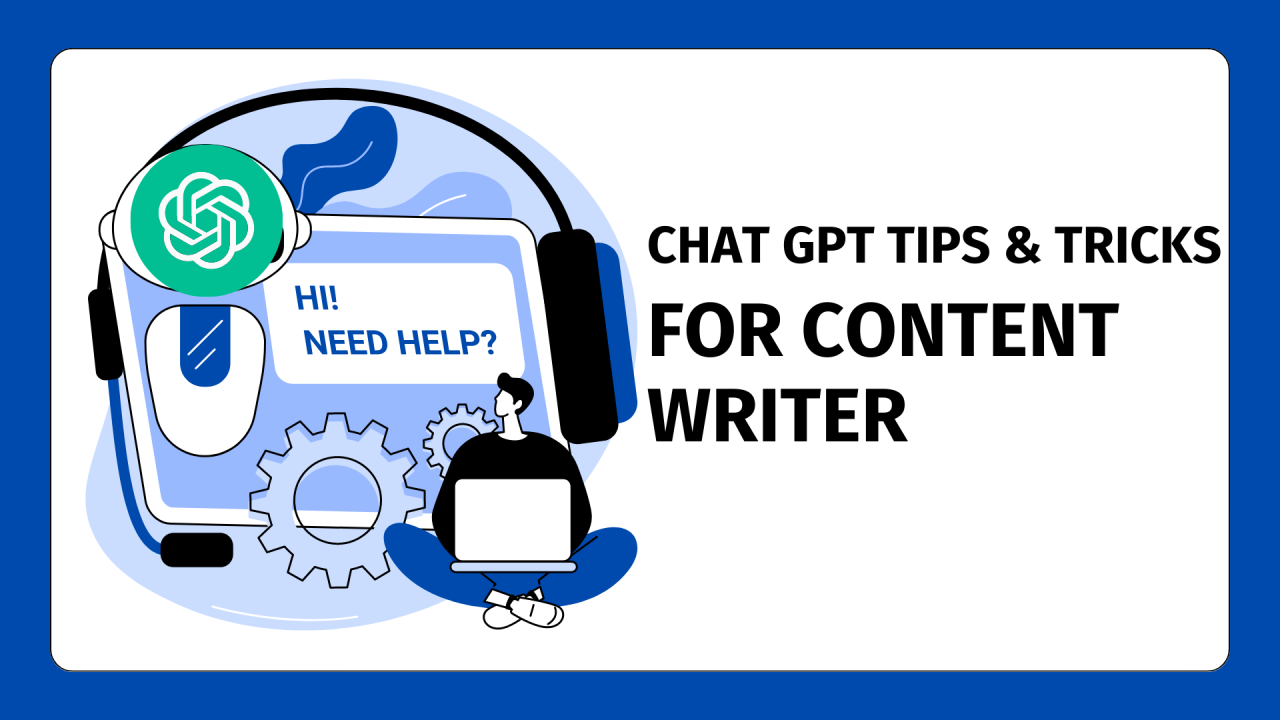

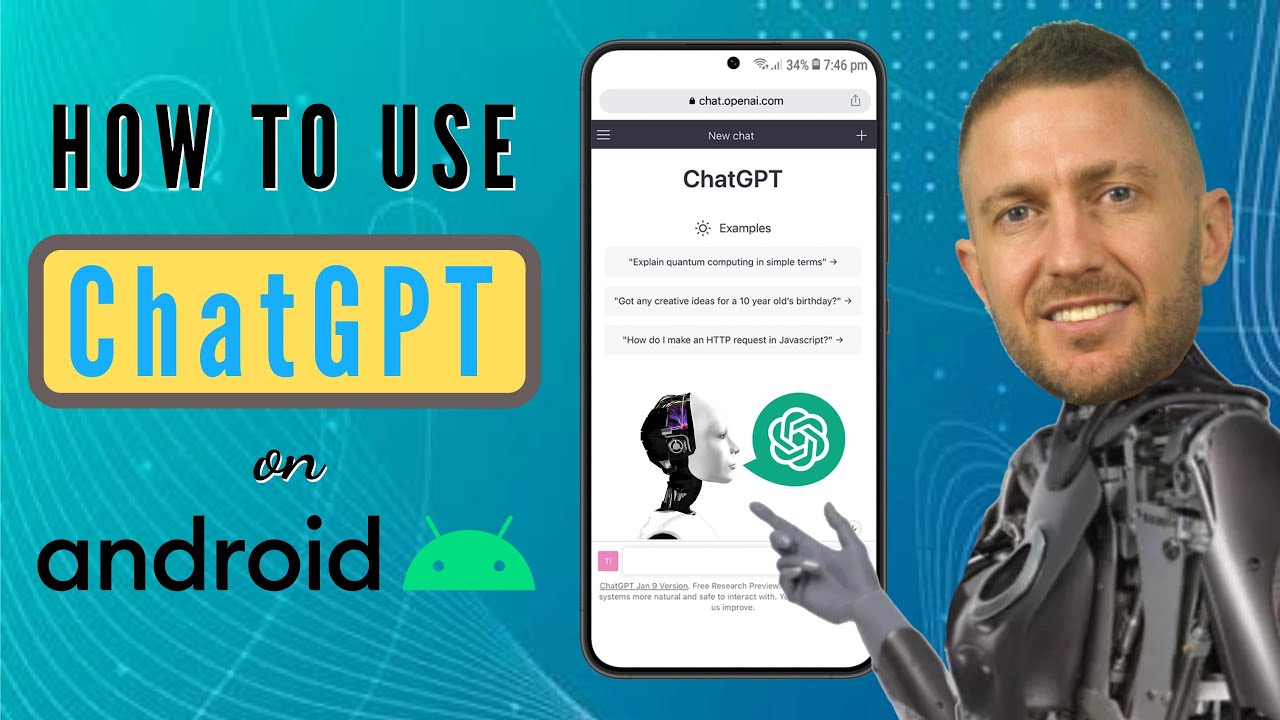
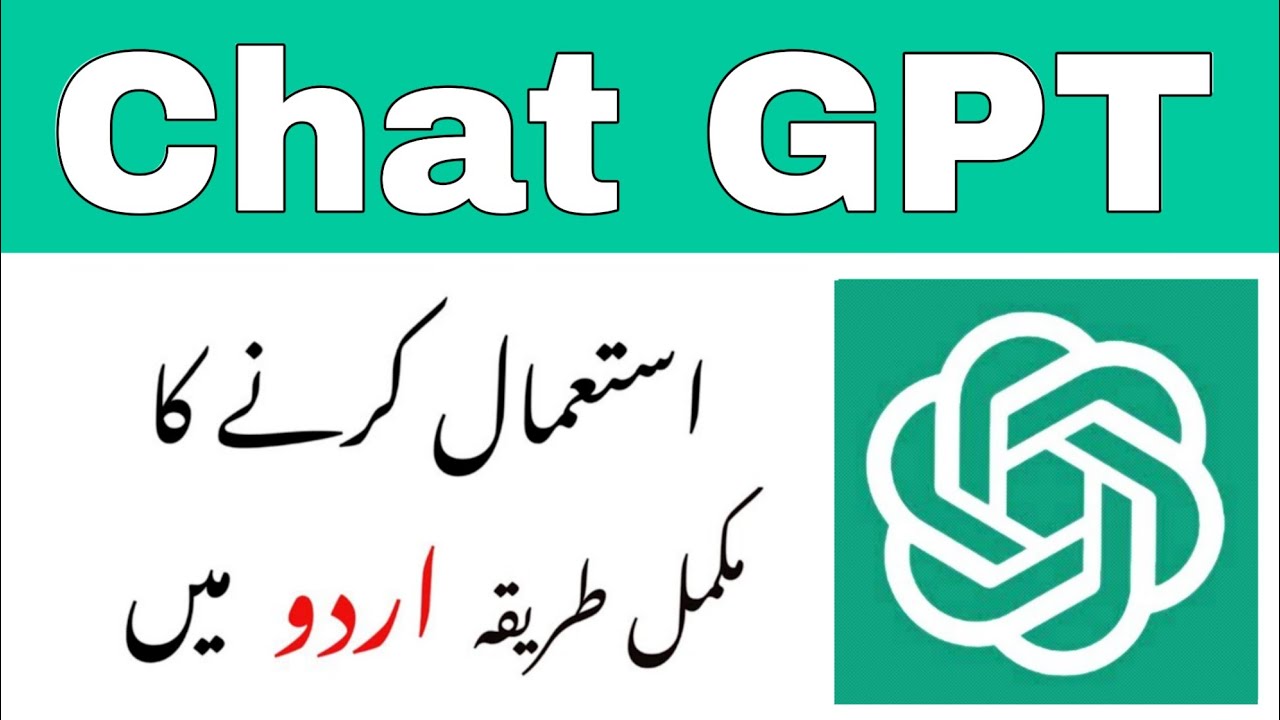
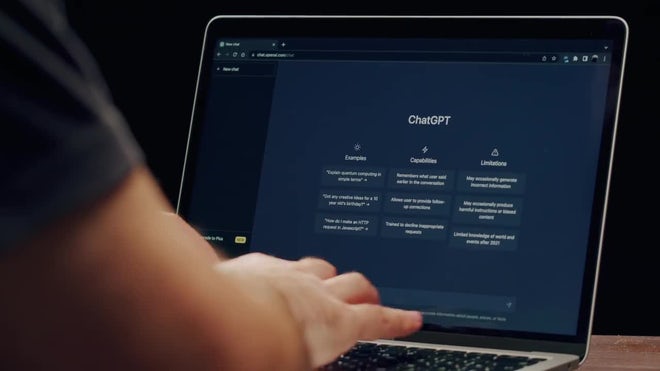
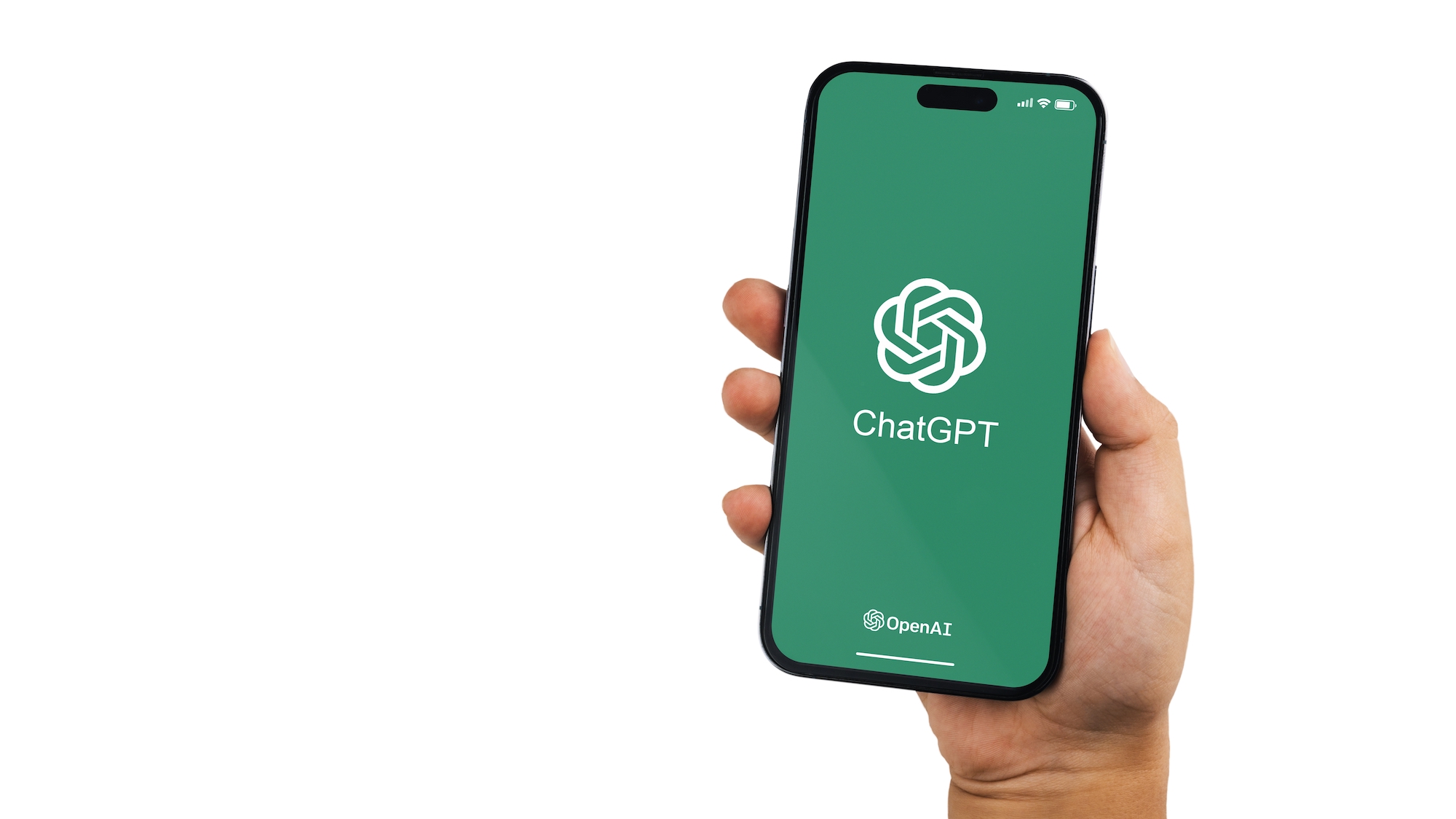


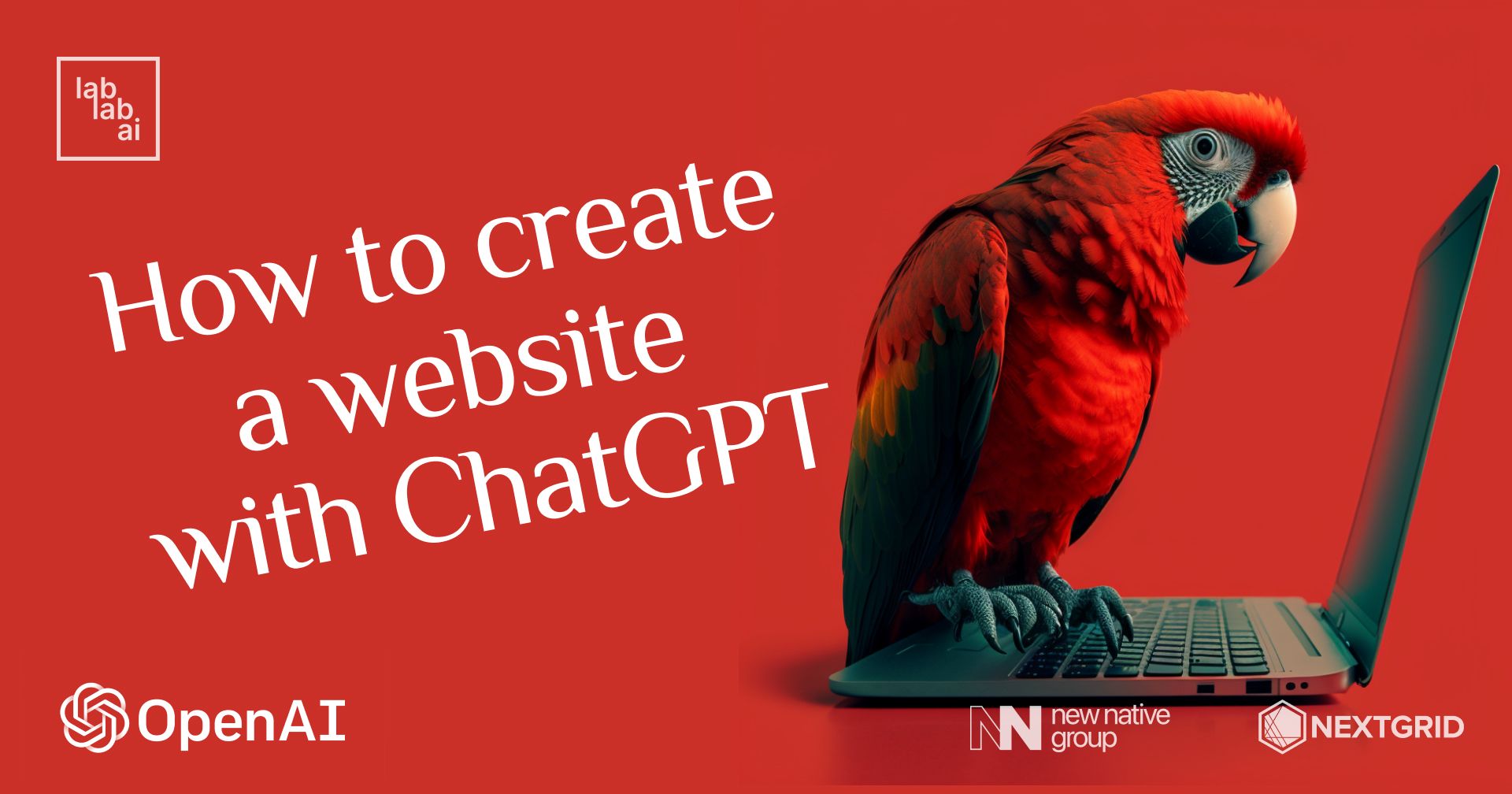



.jpg)



